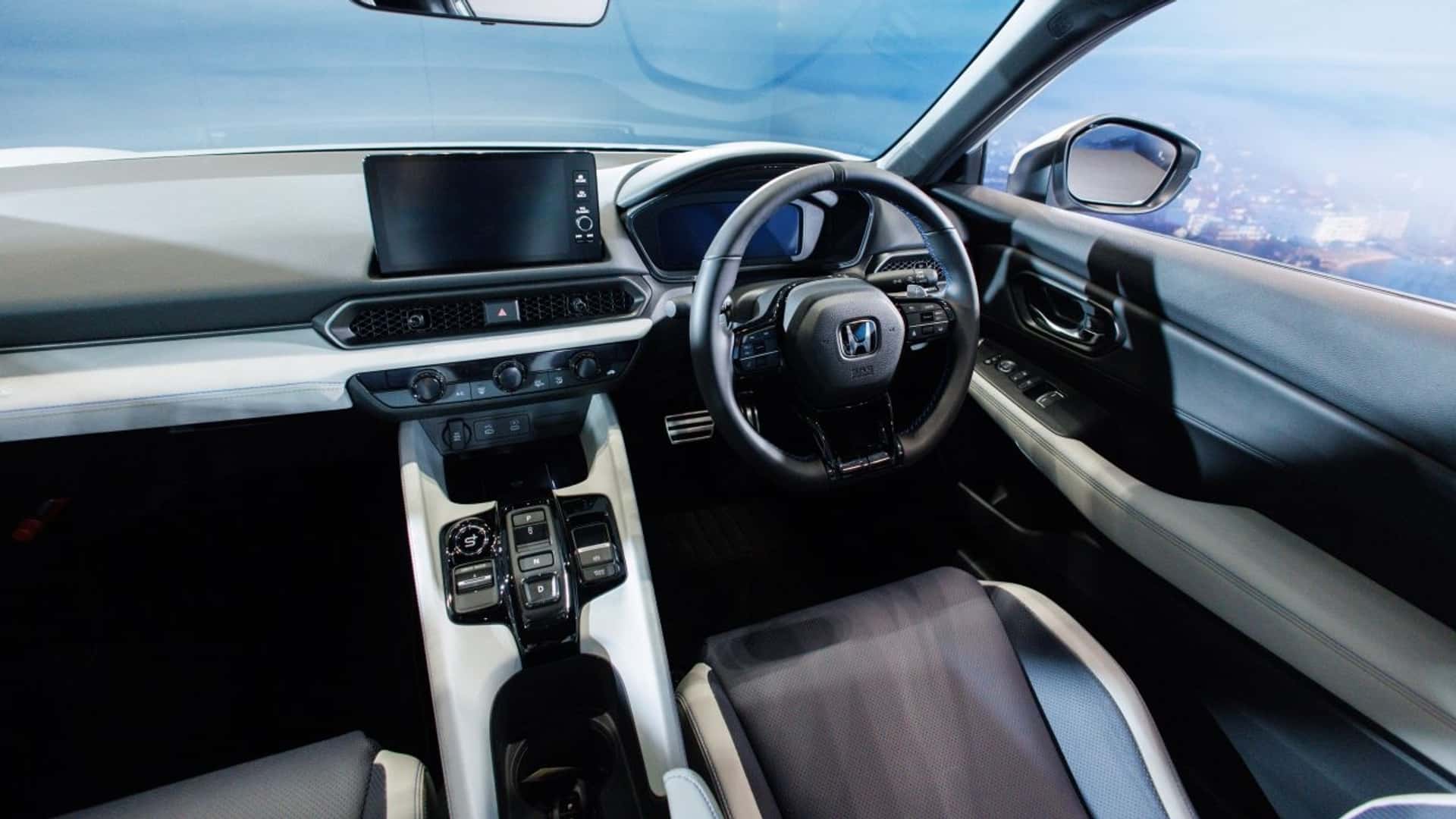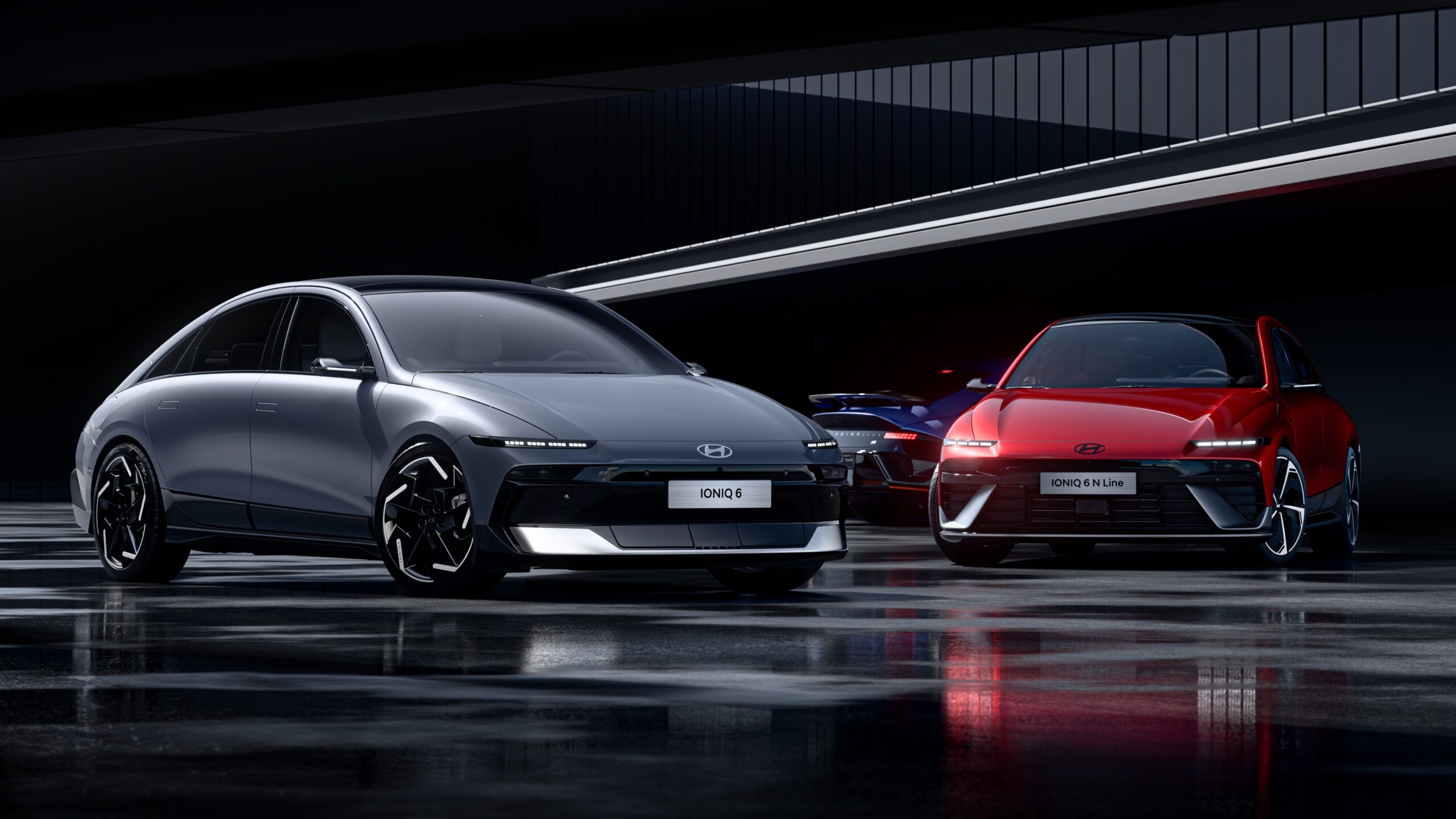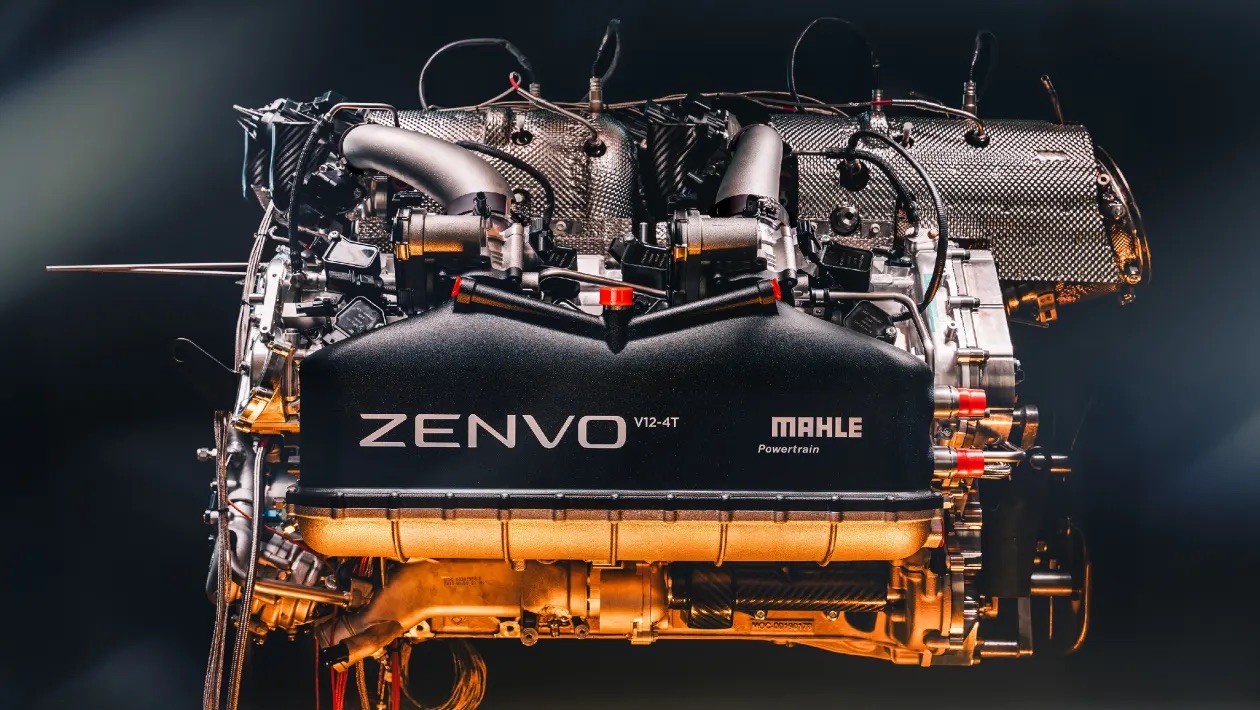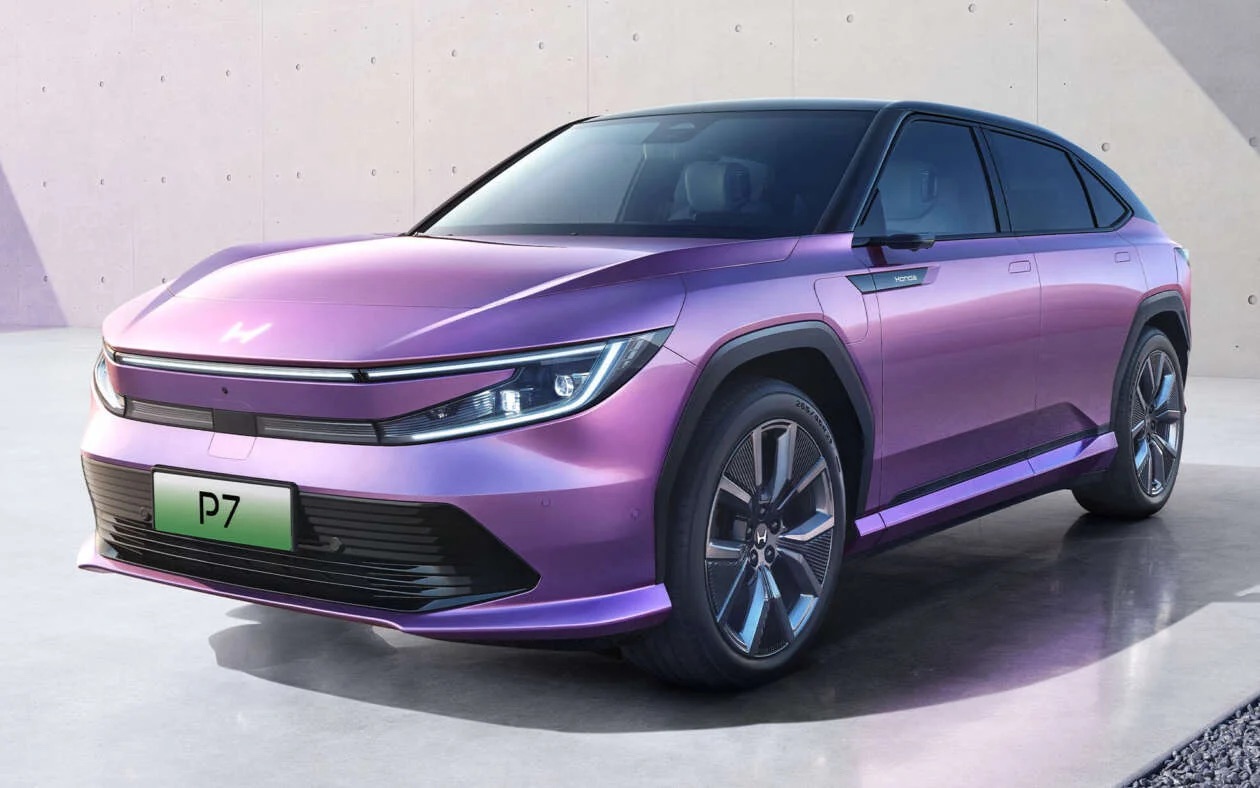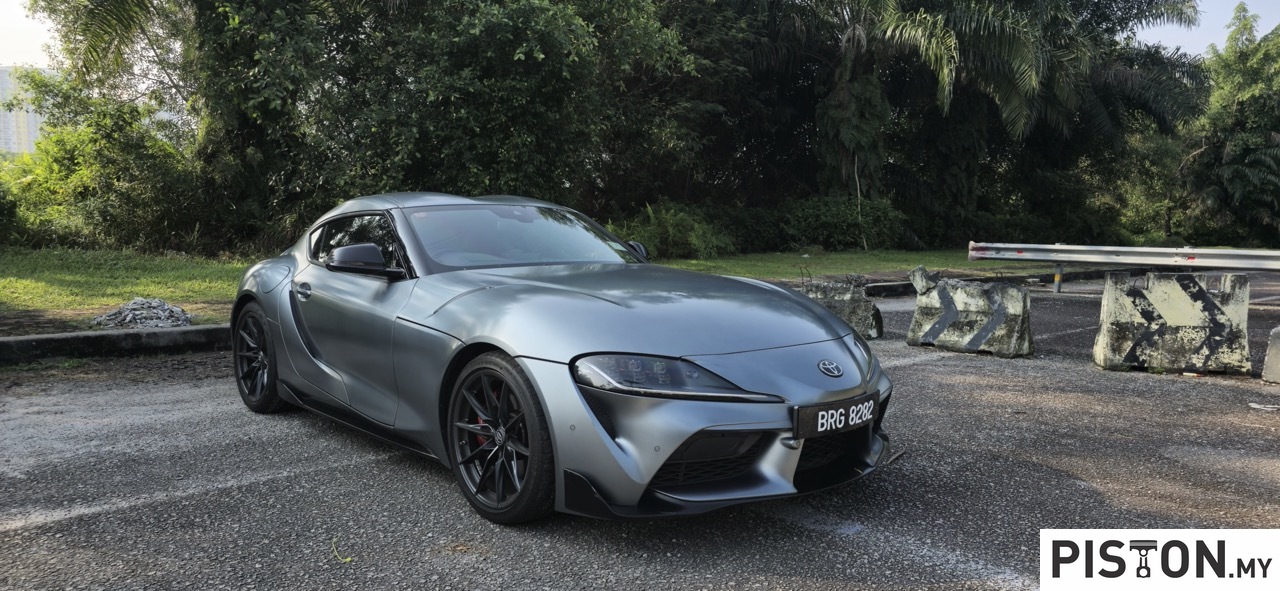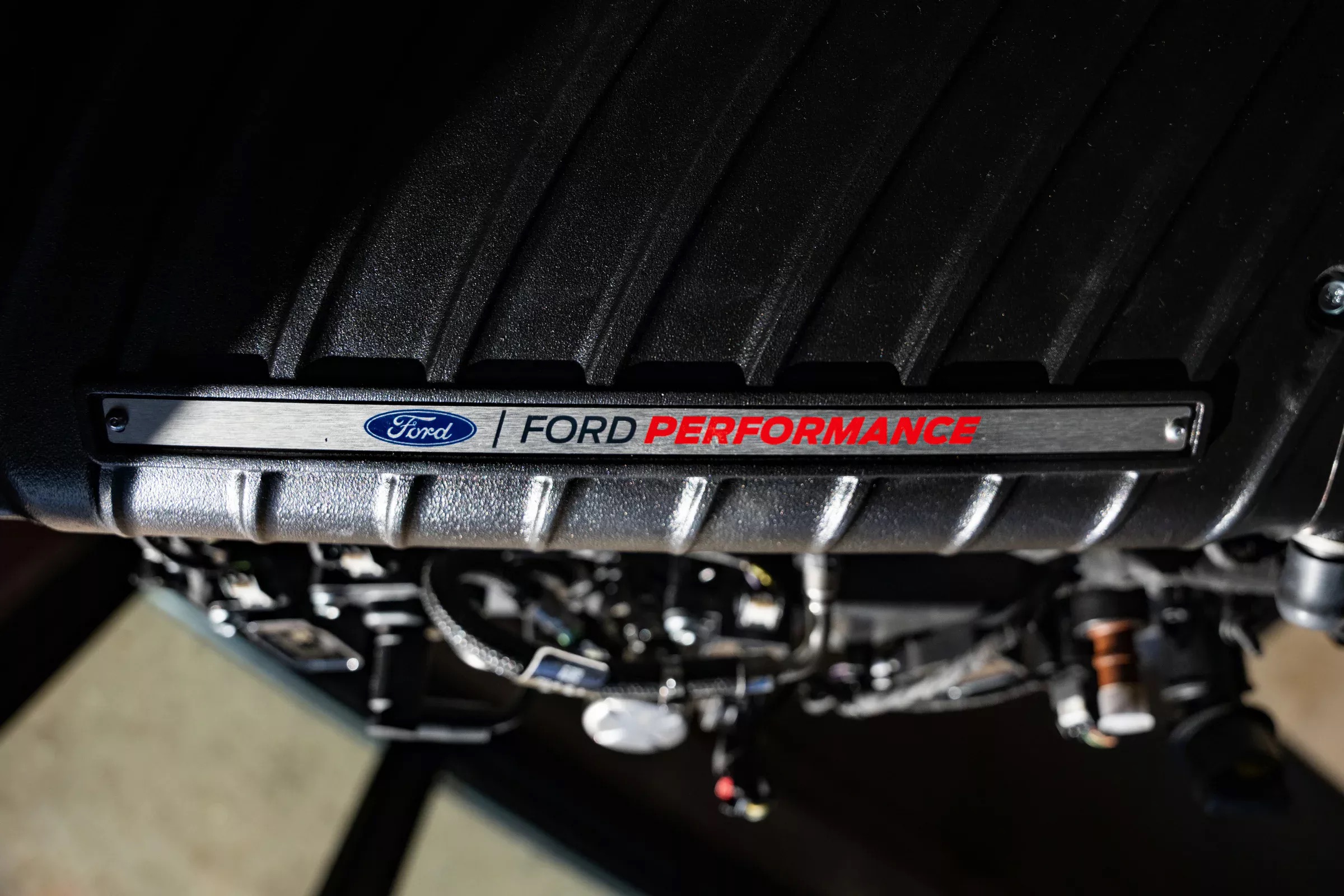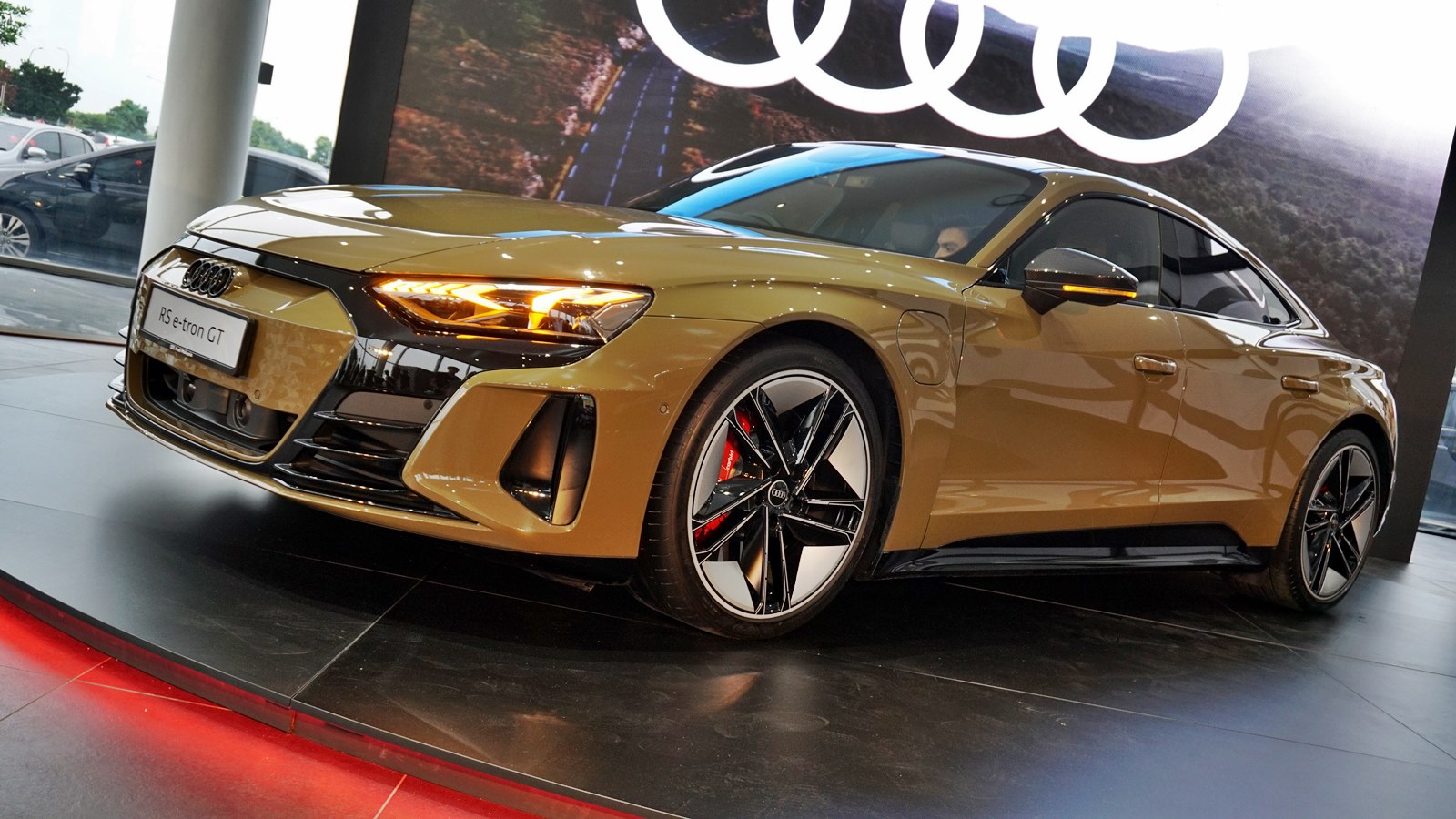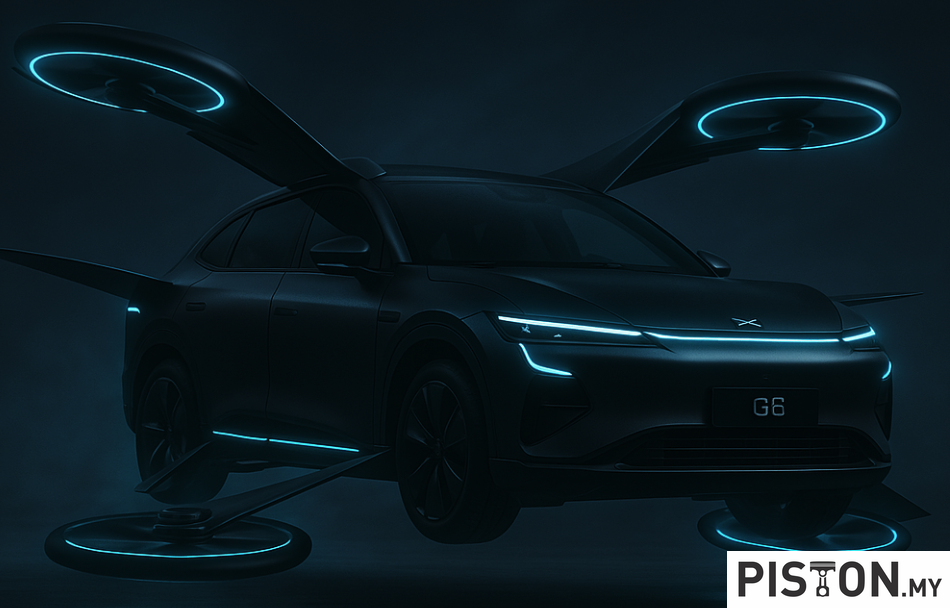Although Toyota began selling the first mass-produced hybrid electric vehicles (HEVs) that have an electric motor working with a petrol engine, Honda also brought HEVs into the market around the same time. In fact, in Malaysia, Honda was the first to actually market HEVs when it offered the Civic Hybrid in 2004, priced at RM118,888. Back then, hybrids were still a novelty rather than something which drew people due to being new technology.
Over the years, Honda Malaysia continued to promote HEVs, offering the technology in some models and then being the first brand to assemble a HEV locally – the Jazz Hybrid – in 2012. Incentives provided by the government during that period were intended to promote HEVs so that more people would buy the environment-friendly cars. In fact, the incentives created the unusual situation whereby a HEV variant cost less than the variants with just petrol engines – in every other market, HEVs would cost more than their conventional engine equivalents due to the additional cost of the technology.
Although sales of HEVs have not been rocketing upwards, they have been steadily increasing and the technology has also matured and is more efficient, while costs have lowered. Since the days of the first Insight, it has been Honda’s aim to find ways to lower the costs of its hybrid technology – which it markets as e:HEV now – so that more people can afford to buy HEVs.
Honda Malaysia has continued to assemble e:HEV models locally, with the City e:HEV soon to be joined by the new Civic e:HEV. The addition of the e:HEV version to the latest 11th generation Civic range is not really a surprise. Back in January, when the new generation was launched, it was already mentioned that the electrified variant was under consideration. It was, after all, already being offered in Europe in the latest Civic Hatchback, so it would not be difficult to have a sedan variant as well.
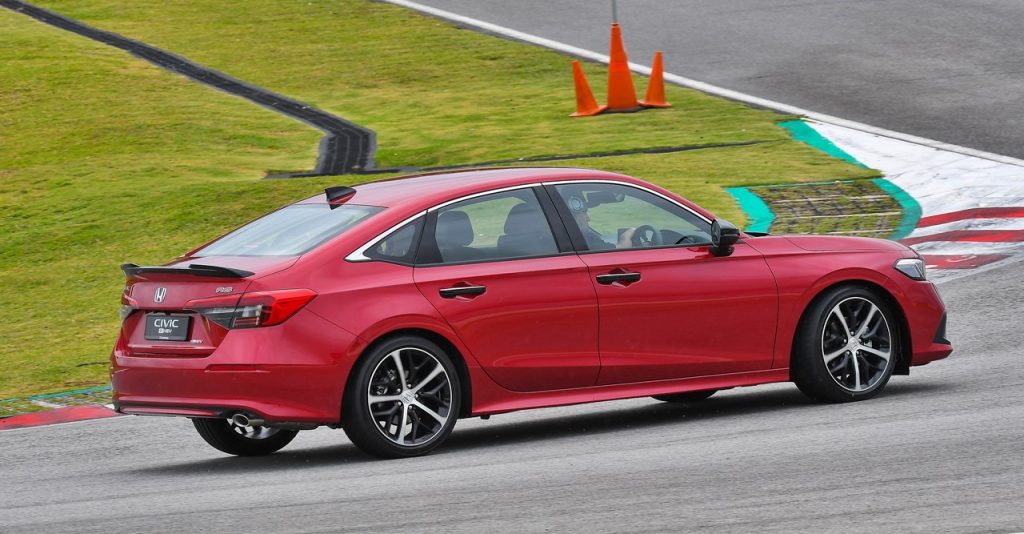
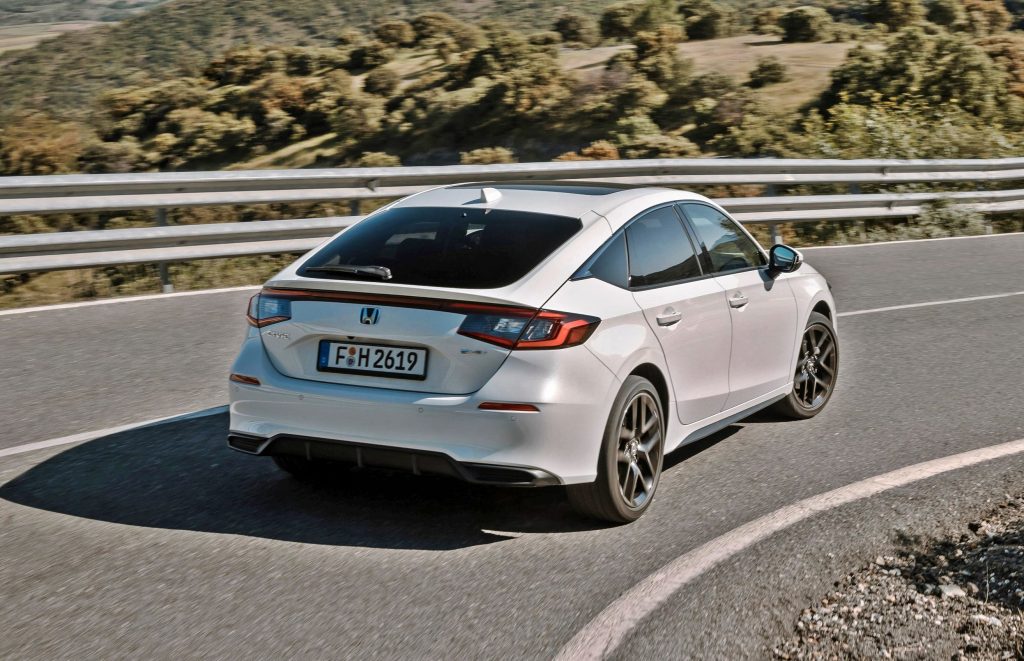
The e:HEV technology is evolved from the early hybrid technology that Honda developed in the 1990s and called Integrated Motor Assist (IMA). Back then, Honda still prioritized the combustion engine (Honda-san loved the internal combustion engine a lot) and treated the electric motor more as a power-booster when additional acceleration was needed.
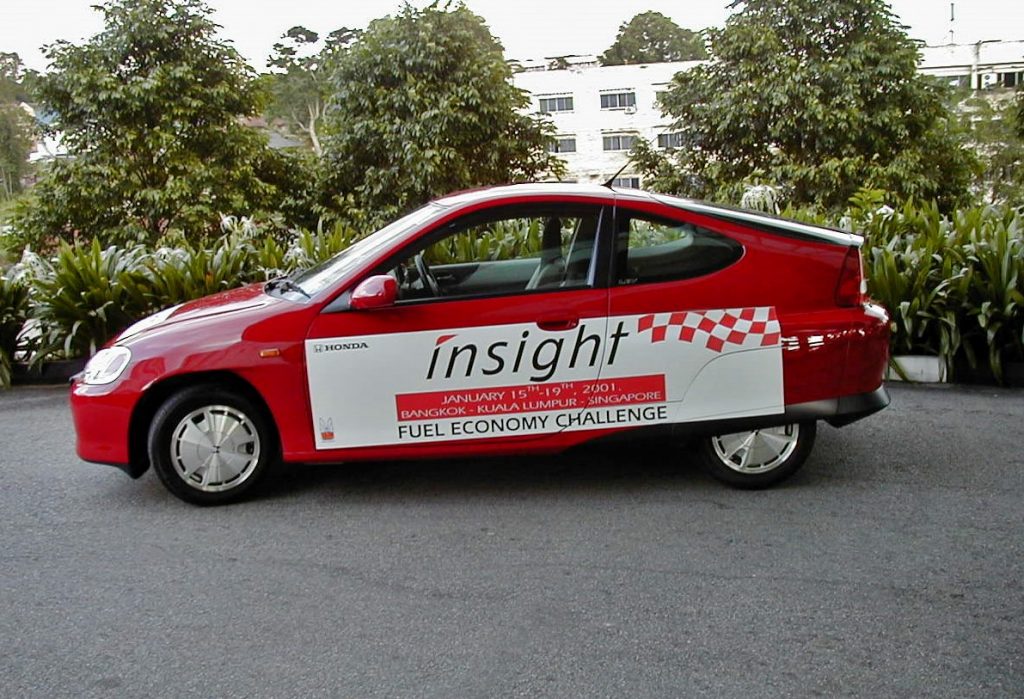
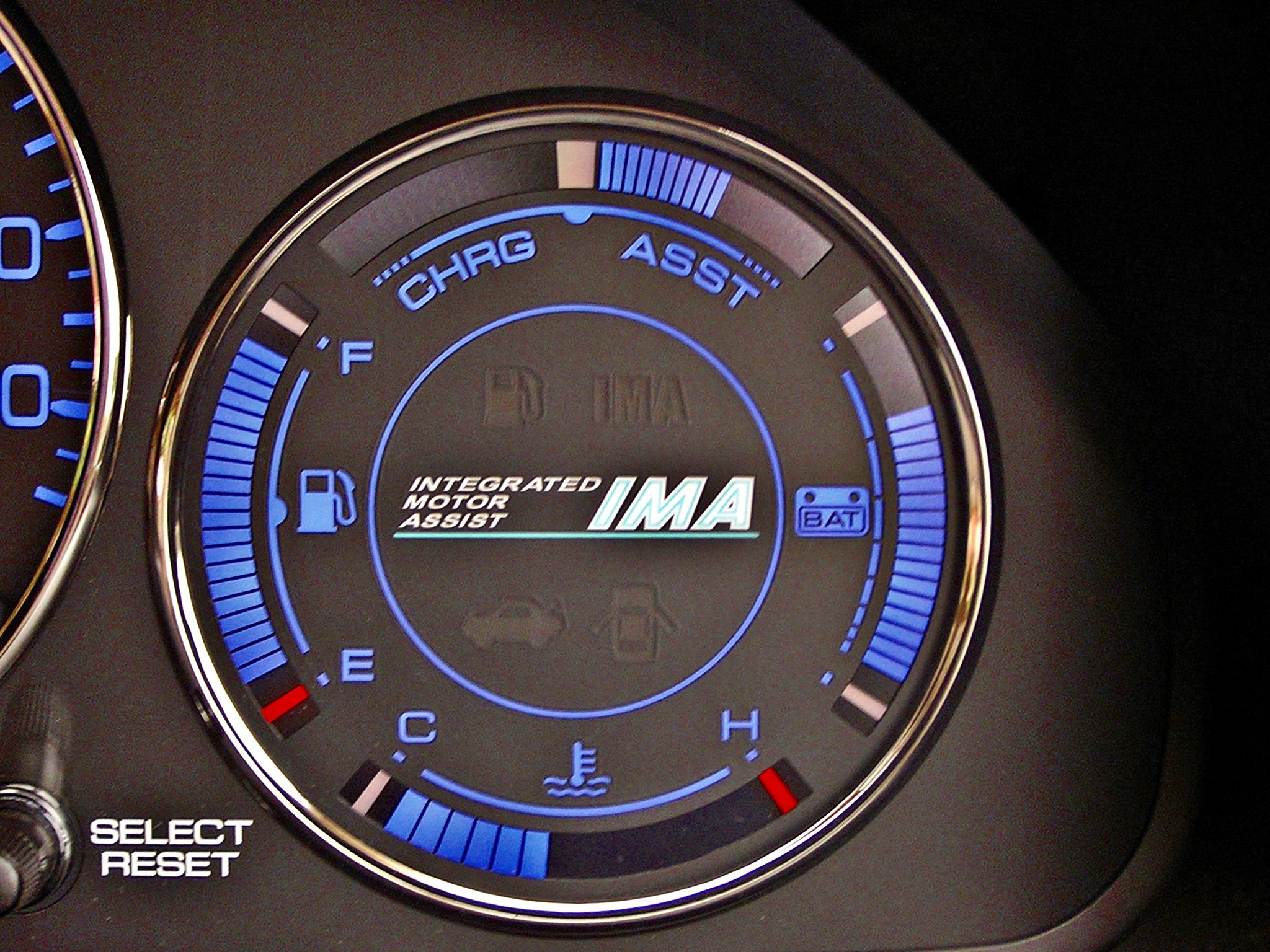
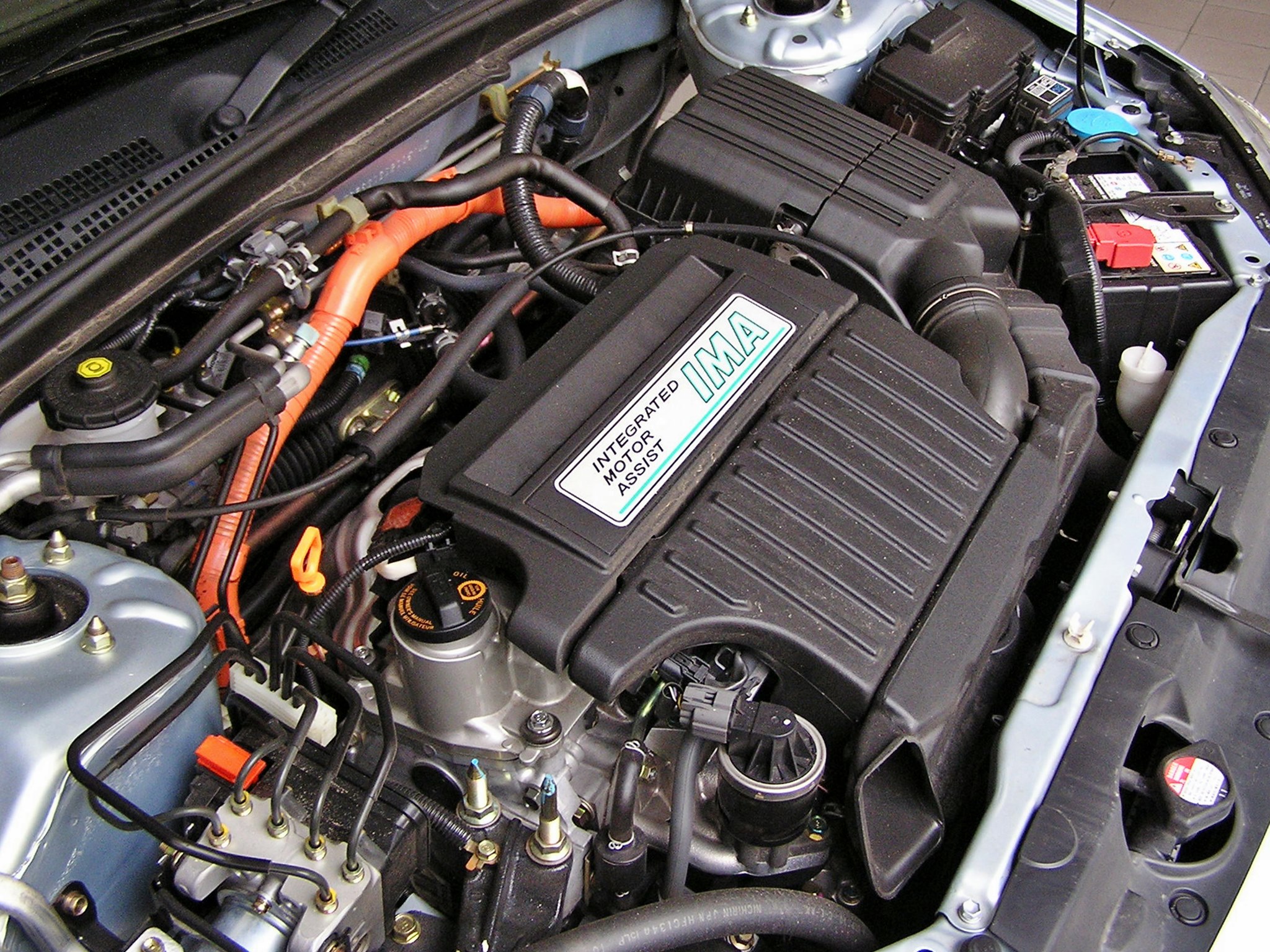
Over the years, though, the thinking changed – just as Honda once stuck stubbornly to air-cooled engines and then switched over to water-cooling like everyone else. In the case of e:HEV technology, use of the electric motor is prioritized and drives the front wheels much of the time. The petrol engine is mainly used to generate electricity to power the motors (there are two, one of which power the wheels). There is still a lithium-ion 72-cell battery pack to store electricity and IT gets recharged as and when necessary (without having to plug into an external power supply).
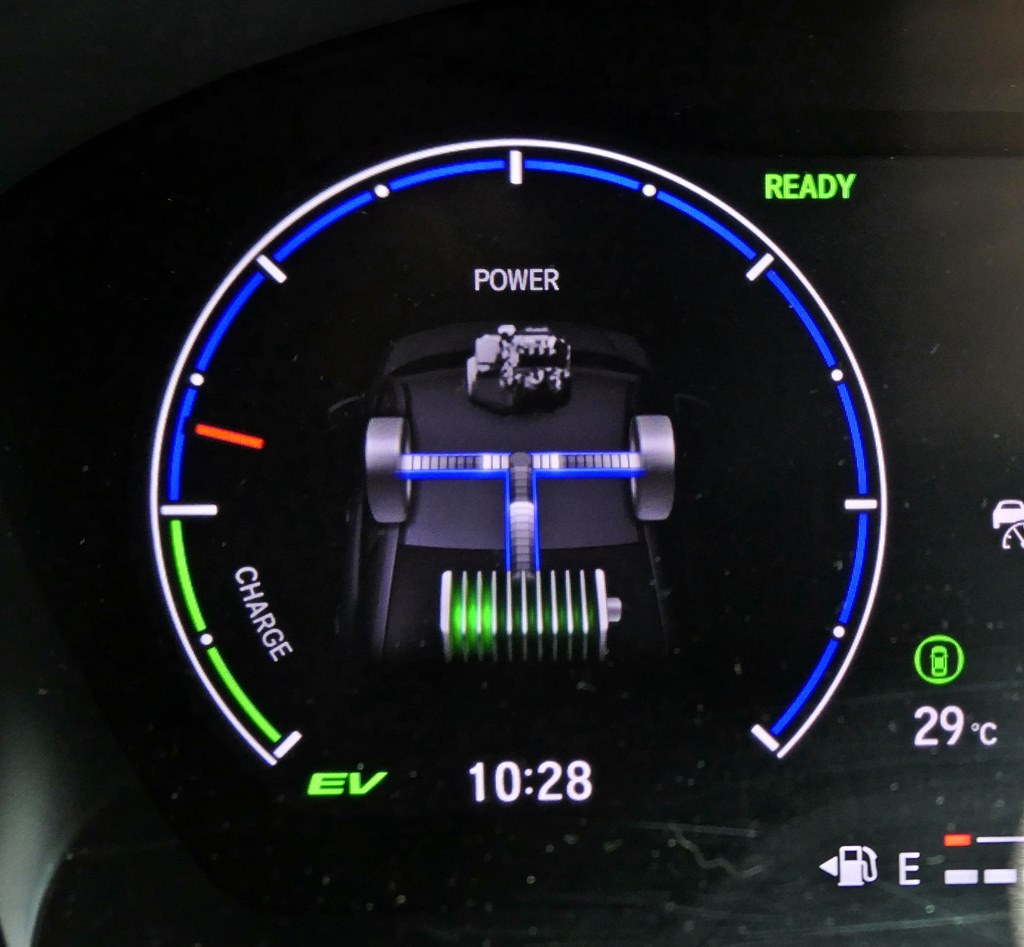
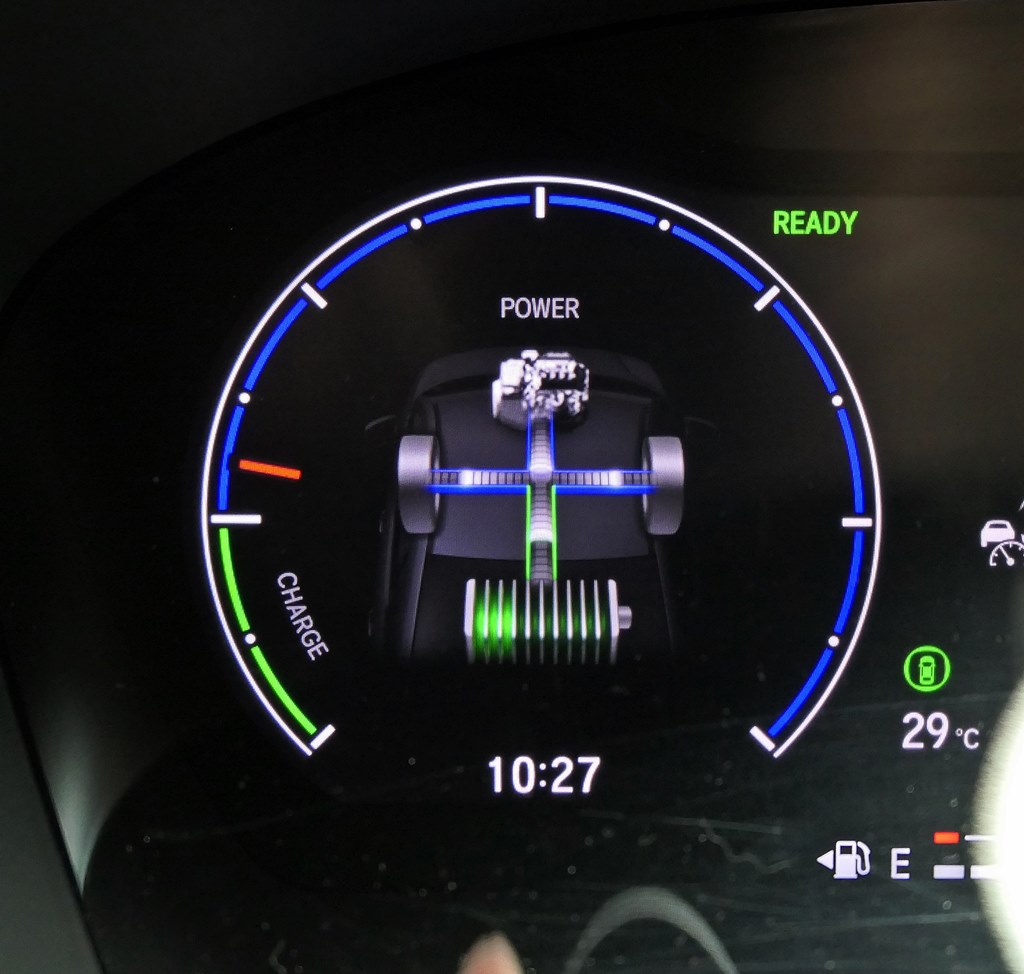
In most driving conditions, the electric motors will be propelling the car but at higher sustained cruising speeds or at ‘full throttle’, the engine may take over the work. This is Engine Drive, and is directly and efficiently powered by the petrol engine with minimum losses and still assisted by the motor when necessary. But it is likely to be intermittent if there are variations in speed as each time the load decreases, hybrid drive will instantly be activated. In any case, fuel can still be saved and that’s the good part about having a HEV. In fact, fuel efficiency is improved enough that the engineers decided to put in a slightly smaller fuel tank.
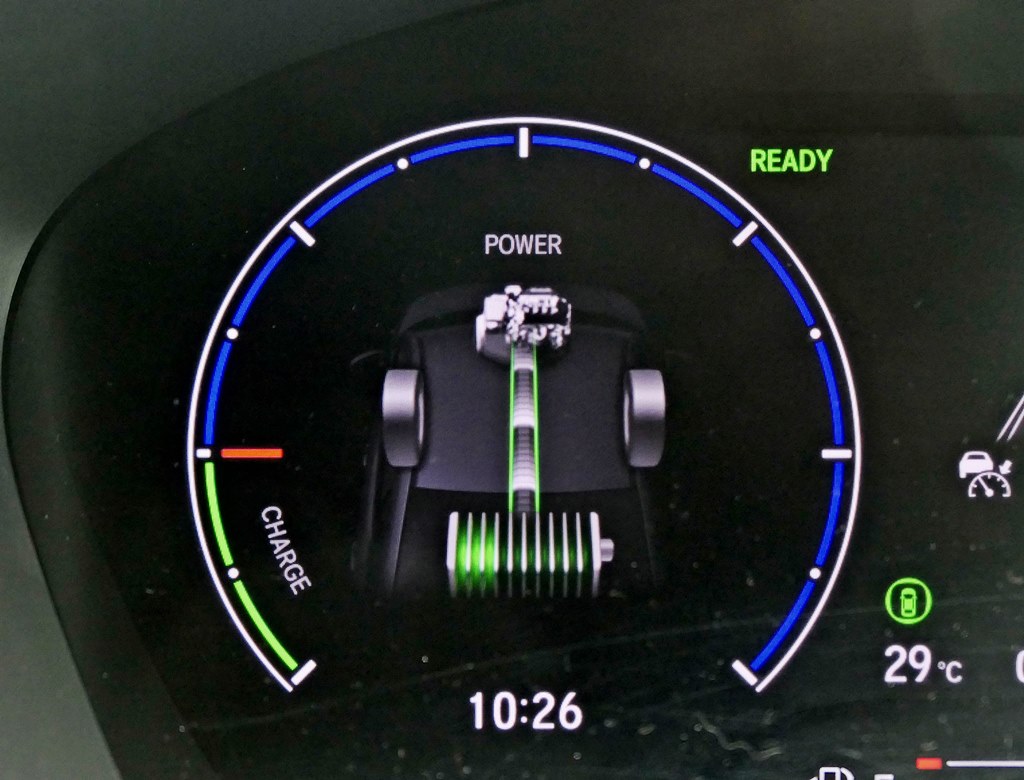

In all drive modes, brake and deceleration energy can be ‘recovered’ to improve the overall efficiency, further enhancing fuel consumption (particularly in stop and go traffic). Thanks to the high rigidity of the crankshaft and the secondary balancer shaft, the engine has lower vibrations over the entire engine speed range than in previous generations of the hybrid system.
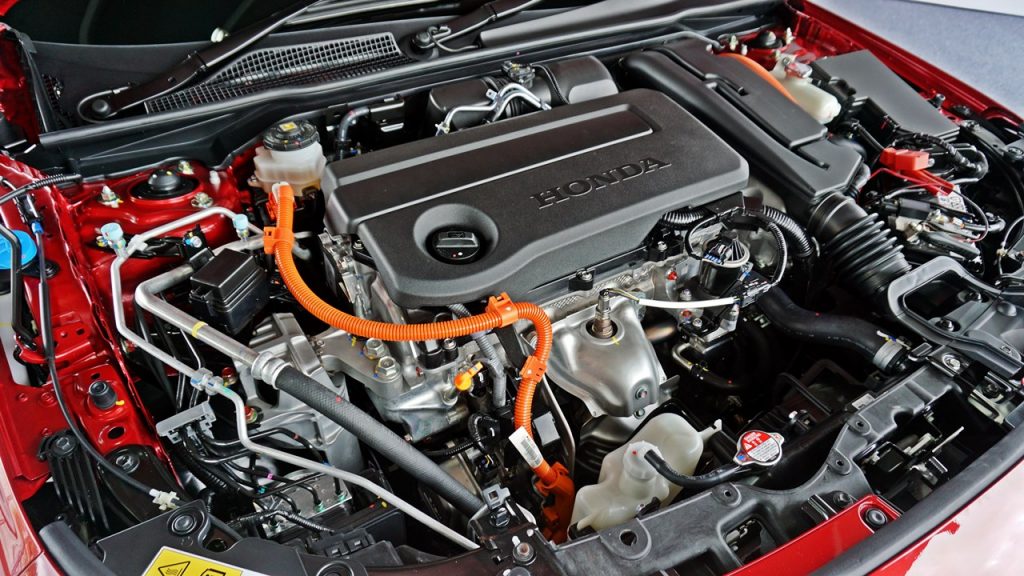
The e:HEV system in the Civic RS e:HEV is similar to that in the latest City e:HEV but the engine size is different. The Civic, being a bigger car, has a 2-litre VTEC petrol engine whereas the displacement for the City’s engine is 1.5 litres. With this bigger engine, the e:HEV system for the Civic is the most powerful to date. The engine output is 143 ps/189 Nm, with the total electric motor output being 184 ps/315 Nm.
The Honda engineers didn’t just take a normal 2-litre VTEC engine used for some other models. It has multistage direct injection technology which reduces emissions over a wide operating range. Additionally, the engine is also optimized for faster and more efficient combustion and greater torque that a e:HEV system can generate. The engine structure has also been engineered to cope with the higher compression ratio of 13.9:1 and with improved cooling performance as well as using the Atkinson combustion cycle, it achieves an industry-leading thermal efficiency of 41%.
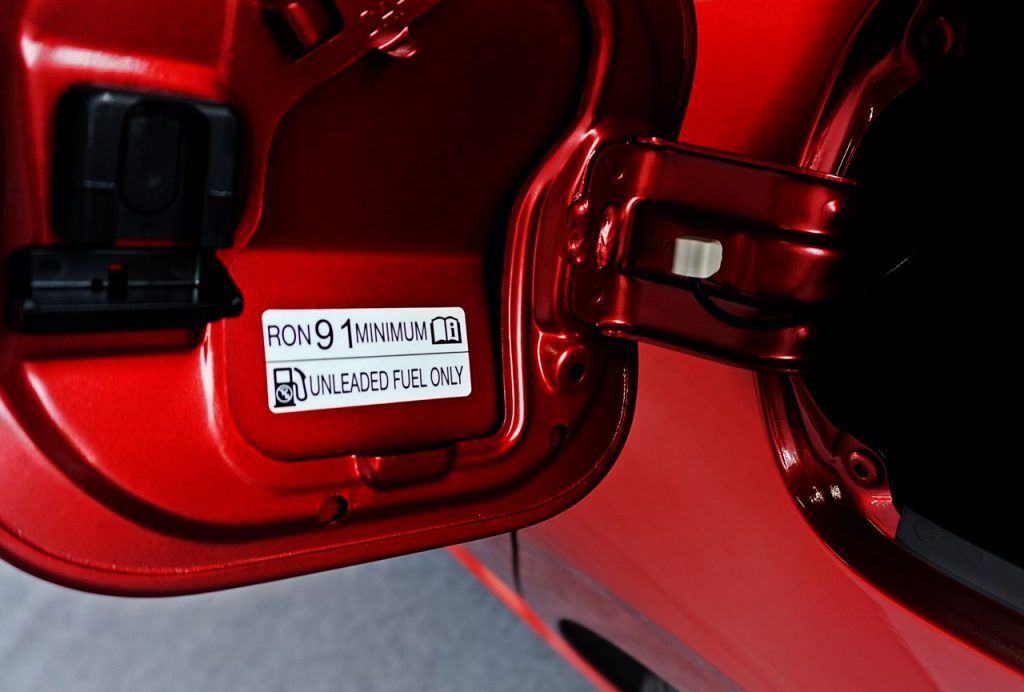
The engine has been designed to also meet future emissions limits, using a low temperature activating catalyst, optimized intake port shapes for high tumble airflow and sodium-filled valves, all of which contribute to improve both emissions and fuel economy. Incidentally, we noticed a label on the fuel filler lid which said the minimum fuel grade is RON91, so RON95 should be fine then. In Europe, the Civic e:HEV’s engine meets Euro6 emission standards but we’re not sure if that would be the case for Malaysia which has only Euro4M petrol.
Power flows through an eCVT and actually the ‘CVT’ part is a bit misleading. There is no mechanical ‘transmission’ as we know or recognize it, nor is there the pulley system used by CVTs (Continuously Variable Transmission). It doesn’t have a torque converter either, and it is essentially a 1-speed link to convey power from the motor to the front wheels.
An important part of the e:HEV system is the Intelligent Power Unit (IPU) which has been improved in many ways. Positioned beneath the rear seats to optimize the overall vehicle packaging, it also has compact dimensions which allow a thicker seat base for increased passenger comfort. A new Power Control Unit (PCU), located under the bonnet to save space, controls the high voltage electric power of the hybrid system.
The increase in power density of the PCU and energy density of the IPU allows the electric motor to take more of the load in a greater range of driving scenarios. In turn, this enables the engine to run at a lower operating speed, again reducing fuel consumption and allowing greater levels of torque at higher speeds.
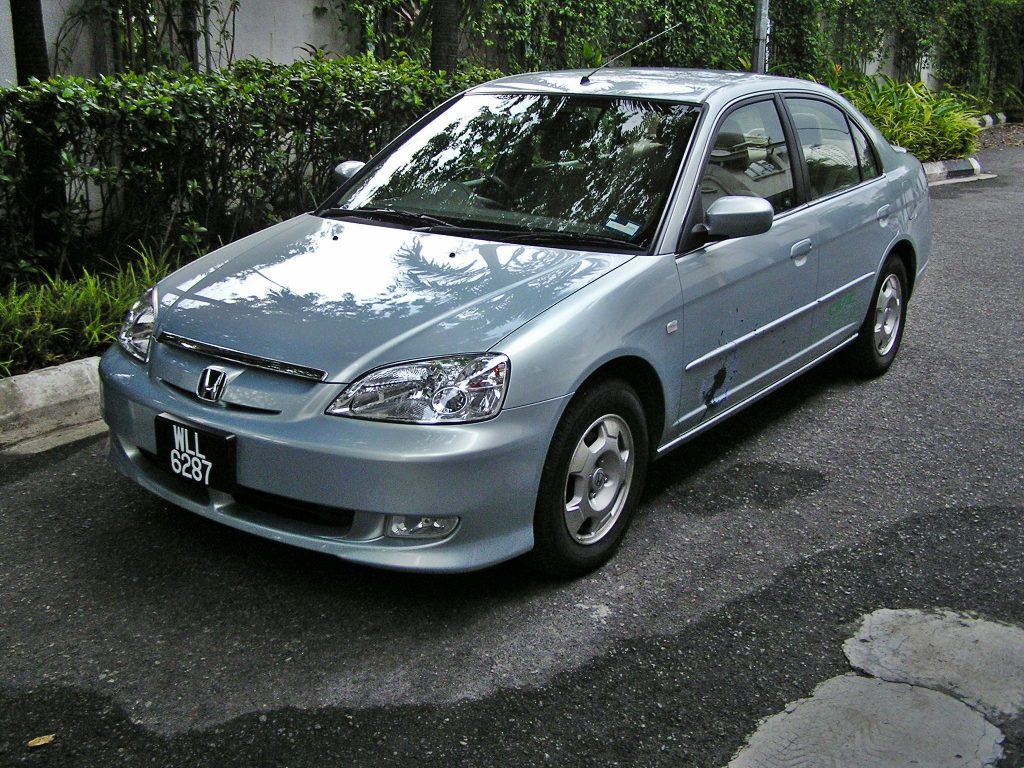
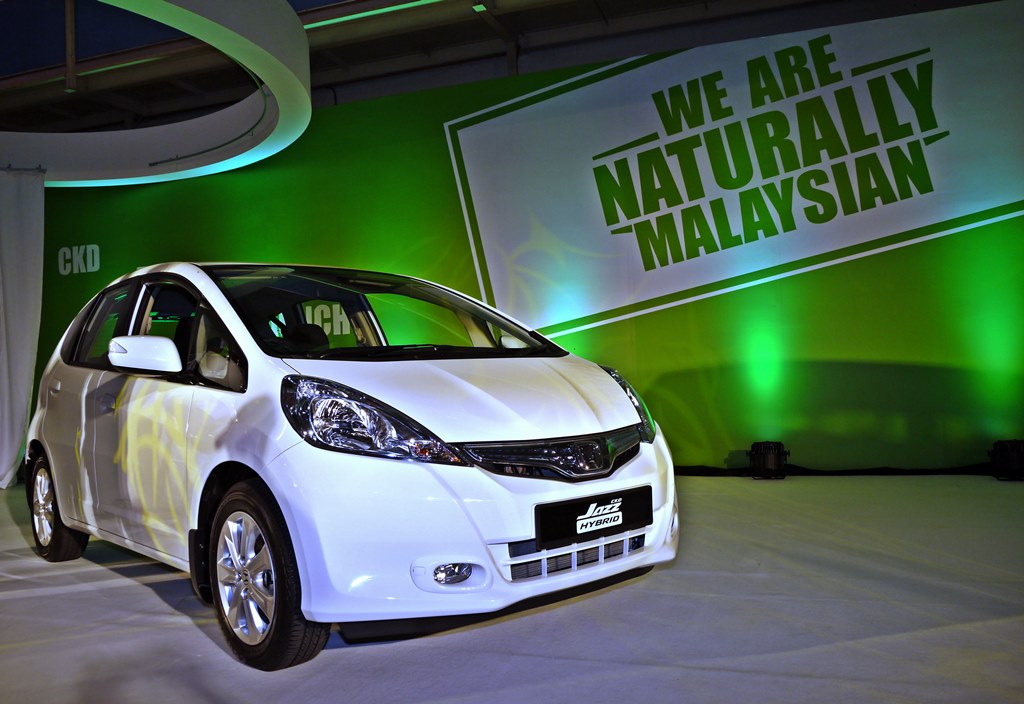
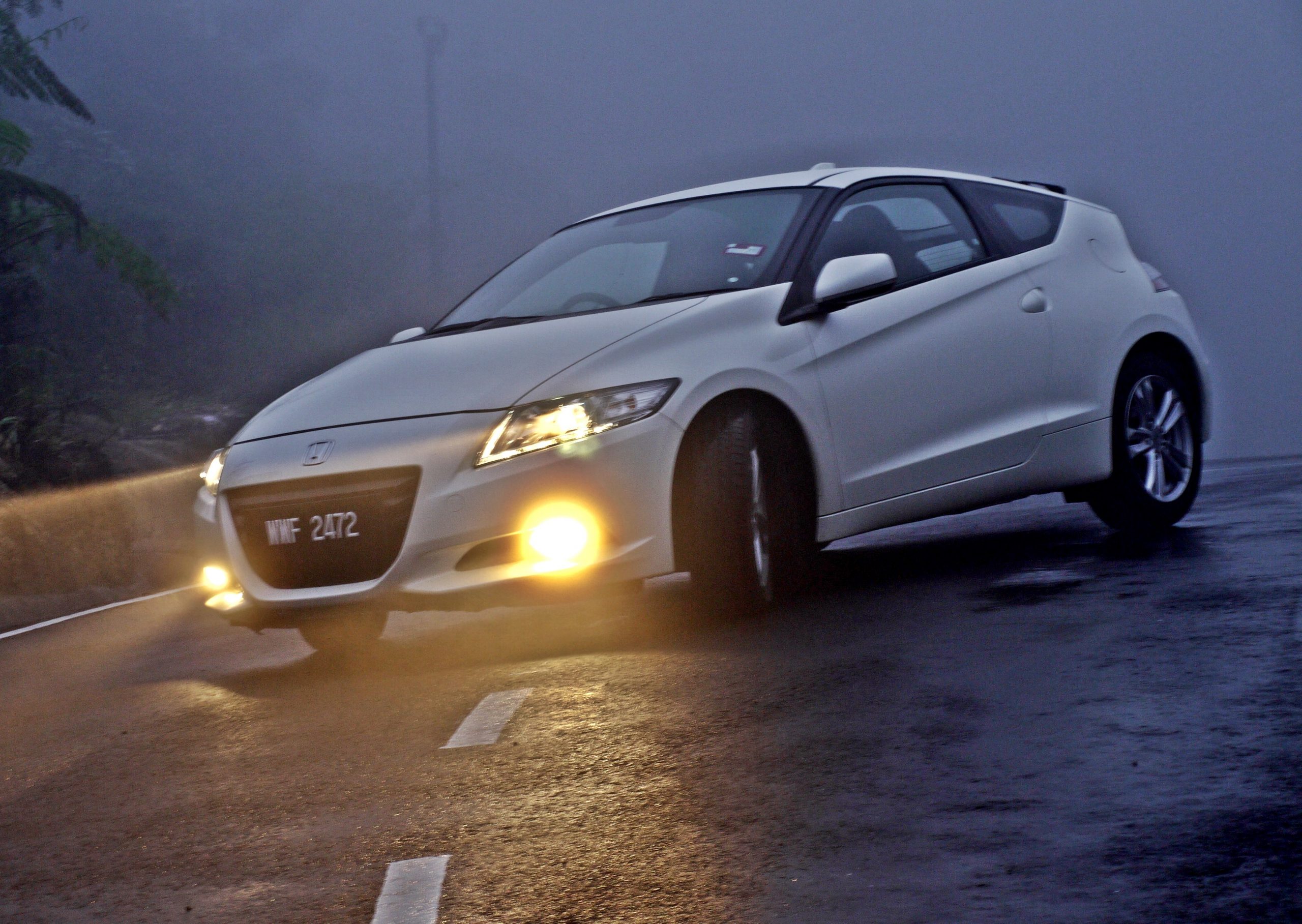
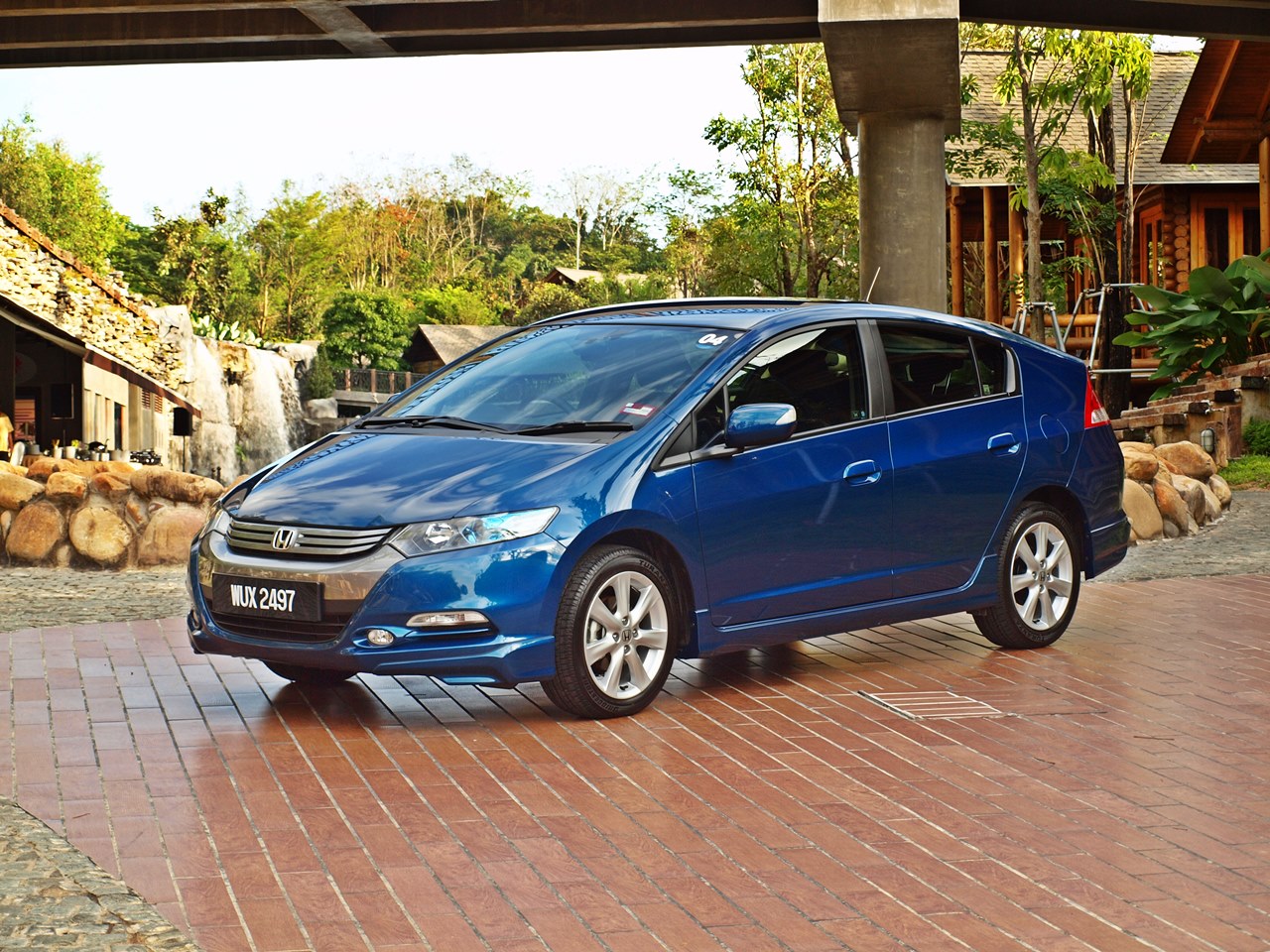
The fact that Honda has continued to develop hybrid systems shows that, even with stronger focus on fully electric vehicles (EVs) and the plan to stop producing and selling new combustion engine vehicles worldwide by 2040 shows its understanding of the issues of ‘forcing’ EVs on customers. Like what a number of major carmakers are saying, hurried adoption of EVs is not a practical approach. Due to regional differences such as the level of customer acceptance, affordability, readiness of infrastructure and economic conditions, a singular approach to switching to EVs globally is not going to work.
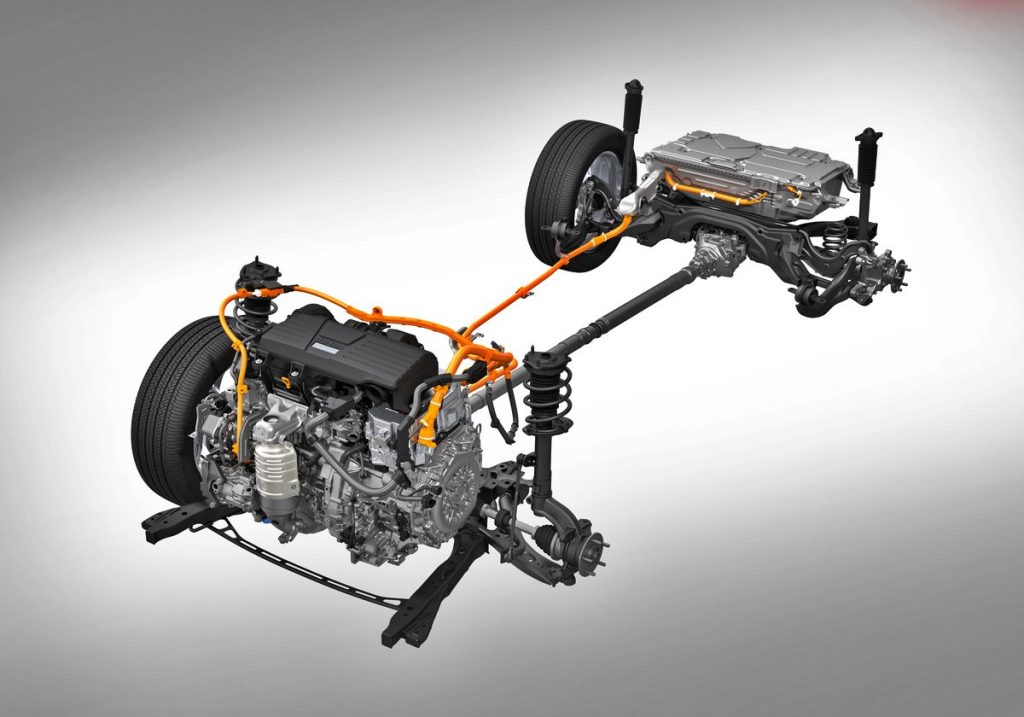
Honda will therefore be working on rapid transitioning to EVs in markets and regions such as the USA, Europe, China and Japan while continuing with a more realistic solution for other areas. Even for North America, one of the regions that is part of the main electrification plan, Honda has still allocated R&D resources to develop new hybrid models for the near-term. This is to increase HEV volume of core models such as the CR-V, Accord and Civic which are produced there. In the near-term, the company expects e:HEV variants to eventually make up 50% of the sales mix of each model.
“We need to take into account multiple factors, such as the living environment and the penetration rate of renewable energy, rather than simply switching to electric vehicles,” said Toshihiro Mibe, Honda’s CEO. “We are ending conventional [combustion] engines but we will still focus on hybrids, and it will be our strength in 2030 or even in 2035.”






